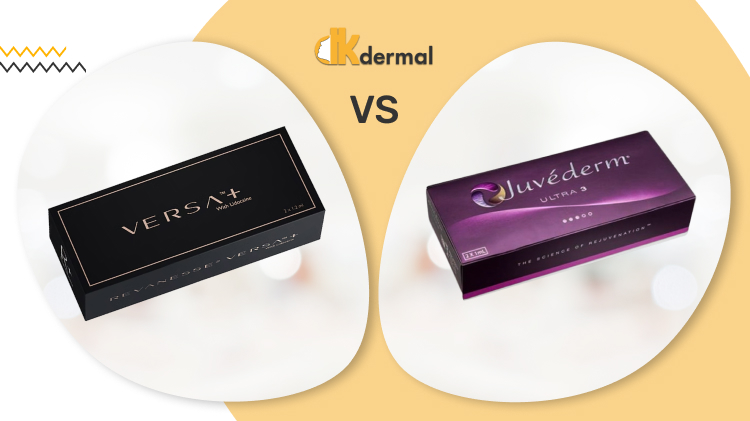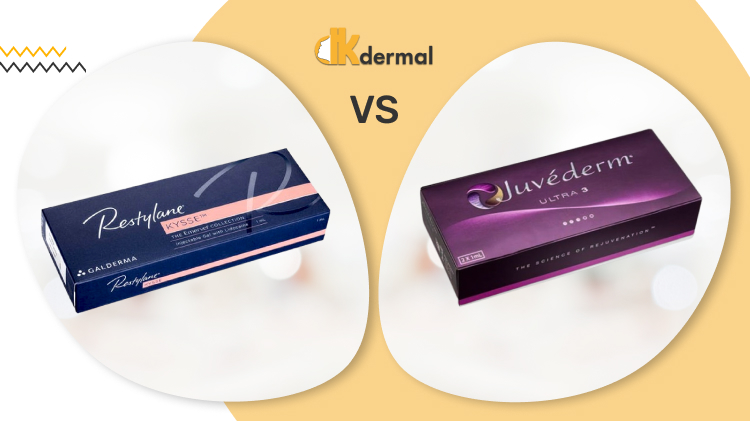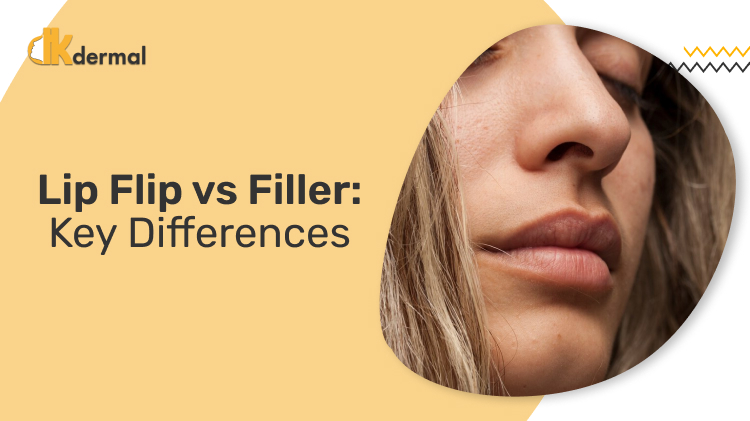Dermal filler injections are such a common and wildly used procedure in the twenty-first century, almost everyone is aware of how do they work, what skin imperfections can be eliminated with its help, and where to go to receive the first-class treatment. DKdermal offers a wide range of dermal fillers, you can buy dermal fillers, buy Juvederm, and buy Restylane at the lowest price in the US.
The only nuance is that most clients know everything that happens in the doctor’s office but have absolutely no idea how to take care of themselves after the appointment and what are methods that can make the recovery process much faster. So here we are – ready to explain everything and, hopefully, educate you on the topic of proper post-injection pamper sessions. Read and learn with us!
What should I do after filler injections?
First of all, let’s clear something out – no one can avoid post-treatment symptoms. Even though it is a minimally invasive procedure (not as much as with plastic surgery procedures, but still, in fact, invasive), that means some marks are left on the patient’s skin after the administration. That is why it is extremely important to have a proper aftercare routine and give yourself some time to get back to a regular schedule. So, let’s find out what would be better for your health after the gel application and what are the perfect steps in dermal filler aftercare.
1. Stop taking any blood-thinning medications
This advice also relates to painkillers. These products may increase the chances of bleeding, bruising, and other unpleasant symptoms. If you are afraid of painful sensations during an appointment – tell your doctor about it. Most dermal fillers include lidocaine in their composition, which reduces discomfort to the max. A topical anesthetic or other local numbing medication may also be applied in case a customer has low pain tolerance. All you need to do is, on the day of treatment, arrive with a gently washed, bare face to the clinic. Ask your beautician what to do in case you feel severe pain during or after the procedure.
2. Avoid strenuous exercise for at least a week
This step will help to avoid different infections, as well as reduce swelling and bruising. It is also needed because when the filler is not properly settled, increased activity may cause gel migration (it would move from the place it was initially injected to).
3. Avoid alcohol for some time
Even though cosmetic fillers’ effect is not usually affected by alcoholic beverages, specialists recommend quit drinking for some time (two-five days) in order to reduce the possibility of increased bruising and swelling.
4. Avoid intense heat
It includes sunbathing, hot tubs, saunas, hot showers, solarium, and other similar places. It should last for about a week, and sunscreen should always be applied to the area facial fillers were administered into. Actually, sunscreen should always be used with or without cosmetic treatment, but we sure you all know this important fact.
5. Do not touch the treated area for a few hours after the gel administration
It is recommended not to touch, rub, or massage your face for 6-8 hours after the filler was applied. It is important to avoid its migration under the skin to the areas which were not meant to be treated. After approximately six hours, it is possible to apply a gentle cleanser and use light make-up if needed. It is also recommended not to sleep on your face for a day or two after the treatment.
6. Stay hydrated and apply a cold compress when you are at home
Extreme cold can be harmful to you, but if not too cold, it can noticeably alleviate swelling, redness, puffiness, as well as alleviate bruising in the areas of needle punctures. Water consumption will also help the skin to stay radiant and glowing, as well as will make the healing process much faster.
7. Talk with a doctor in case you have a flight
Even though there should be no complications during the flight, there are some concerns about the air pressure and how it influences the patient. That’s why it should be discussed with a health care provider.
How long does it take for dermal fillers to settle?
Now, when you know the most important steps in the dermal filler aftercare routine after facial treatments, we can answer the most common questions most patients always ask their doctors. And the first and the most popular one is “How quickly can dermal fillers settle in the injected areas?”.
The thing is, as most dermal fillers have hyaluronic acid in their base, the healing process is a lot quicker than with other dermal fillers with other ingredients. Commonly, five days are needed, during which every negative symptom generally disappears. When those are gone, it takes up to two weeks for filler to settle. It may vary depending on the patient’s health and the filler injected in the areas of choice.
Dermal filler treatment side effects
Side effects after any type of anti-aging treatment are a usual thing that happens with every patient. Doctor’s experience plays a very important role here, so make sure a person you have chosen is licensed, experienced, and has positive reviews from previous clients.
Common symptoms may include slight itching, facial cold sores in the places a needle went through the skin, mild bruising or swelling, itching sensation, slight redness, and others. Those should be gone in a few days and should not cause a lot of trouble. Sometimes, depending on the type of filler, areas treated with them can require special pamper.
- Lip injections. After the injectable is administered to the lips, sometimes the upper lip can swell more than the lower one; that’s why some patients falsely think that more filler was used there. But it is not true, and everything goes back to normal after the initial swelling reduces with the help of a proper lip filler aftercare;
- Jawline fillers. Sometimes, little bumps can appear along the treated area; those are not dangerous and should disappear in a few weeks;
- Temple fillers. The most common thing here is a headache. In this case, you can ask your doctor which medications can be used for you and would be the most effective;
- Forehead fillers. Lumps in the treated areas are the most common here. All you can do to reduce those is just to wait. Time is the best solution for this type of problem.
Final word
Aftercare is very important when you are talking about dermal fillers. The skin becomes very sensitive after this type of procedure, and the best thing you can do for it is to pamper it properly. As with many other procedures, the time to heal is very important here. Give yourself some time and keep in touch with your doctor in case anything worries you. Take care!





